Getting Started with Bearables
Bearables is a range of woodland-themed LED badges and sensors. Wear the badges on their own, or connect them to one of the sensors with conductive thread to bring them to life. Designed for kids* (suggested age 8+) and grown-up kids alike!
Contains small parts. Not suitable for children 3 years or younger. This is not a toy. Keep battery out of reach of children. If ingested, seek medical help immediately.
In this short tutorial, we'll go through how to use your Bearables badge, how to wear it or attach it, and how to connect and use the sensors. There's a handy little quick start guide to using your Bearables badge below, that you can print out and keep.

Using your badge
Your Bearables badge has 12 differently-coloured LEDs, a multi-functional button, a coin cell battery holder, and two metal hooks to attach your badge and to connect Bearables sensors to it.
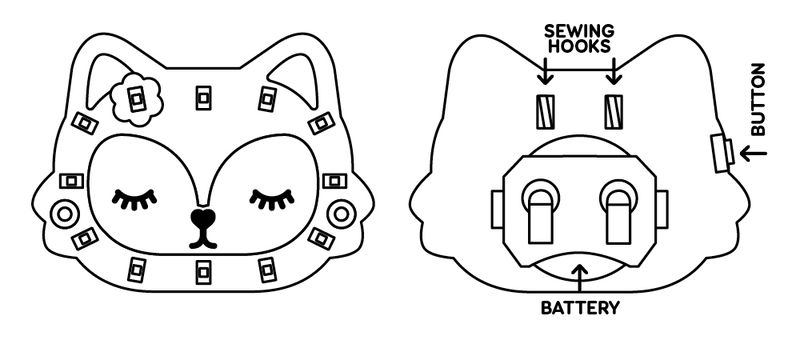
If the battery is already in your badge, then pull out the paper or plastic tab and your badge should come on. If the battery isn't already in, then push it all the way in to the battery holder, with the + side facing upwards (matching the + on the battery holder).
Pressing the button briefly will cycle through the 12 different light patterns, and the LEDs will light when you press the button to show which mode is selected.
Pressing and holding the button for a few seconds will put the badge to sleep, or put the badge into trigger mode when you have a sensor connected (more on that later).
If you leave your Bearables badge switched on, then it will go into sleep mode automatically after about 60 minutes to save the battery from draining too quickly. Your badge should run for 3-4 days if lit continuously (using a 3V CR2032 coin cell battery).
Wearing your badge
You can use a safety pin, a small disc magnet, a piece of double-sided sticky tape, or of course thread, to attach your Bearables badge to your coat, bag, or whatever you wish.
If you're using a safety pin, then unfasten the pin and pass the pin through one hook, then through the fabric, and then through the second hook, before fastening the safety pin again.
You can also use a small disc magnet of about 20mm in diameter to attach your badge. Pop the magnet underneath the fabric and it'll be attracted to the battery on the badge on top of the fabric and hold it in place.
Bear (!!) in mind that small magnets and safety pins are unsuitable for small children.
Sensors
Bearables sensors have two metal hooks just like the badges. To connect a sensor to your badge, you just connect each of the hooks on your badge to the hooks on the sensor, and it doesn't matter which hook you connect to which, either way will work.
You can test your sensors with a couple of crocodile clips clipped to the hooks.
To put your badge into trigger mode, press and hold the button on your badge for a couple of seconds while your badge is connected up to a sensor. The bottom middle LED on your badge should flash to indicate that it's in trigger mode, and when you cover the light sensor, or move the motion sensor, then your badge's LEDs should light.
Sewing your badge
Conductive thread, like the thread included in the Bearables kits, is made of metal and conducts electricity just like normal wires. You can sew with it as you would with regular thread.
We'll go through how to sew your badge and sensor now.
Cut a length of conductive thread long enough to stretch from where you want your badge to be to where you want to place your sensor, plus some extra to account for looping the thread around the hooks.
Tie a knot in one end of your thread. Conductive thread is a bit harder to knot than regular thread, so you might have to tie a couple of knots on top of each other to stop it from untying.

Thread your needle, and then anchor your thread by sewing two or three stitches on top of each other next to where you'd like the first hook of your badge to be.
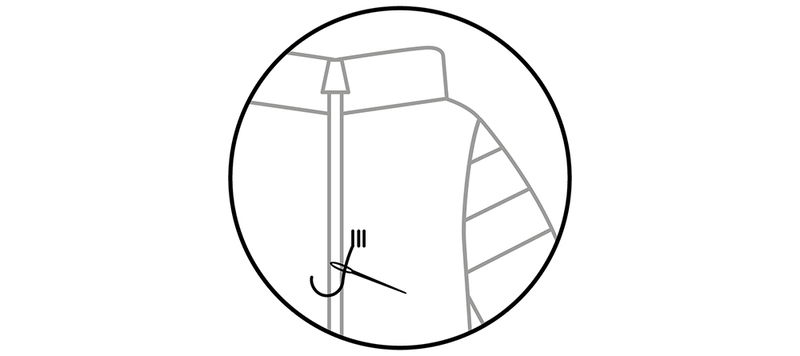
Using your needle, loop the thread around the first hook four or 5 times, pulling it tight against the fabric and making sure that it's tightly wound round the hook to make a good electrical contact.
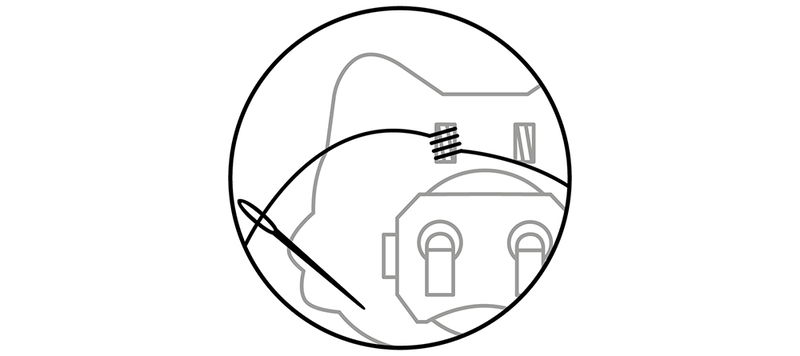
Anchor the thread again next to the hook to hold it tight, then run a stitch to where you'd like the sensor to be positioned.
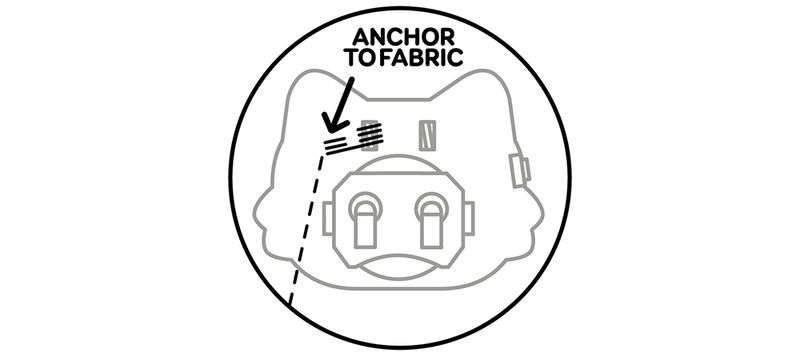
Go through the same steps that you did for the first badge hook with the first of the sensor's hooks: anchor the thread, wrap it four or five times around the hook, then anchor again.

Repeat the steps above for the second badge hook and the second sensor hook.
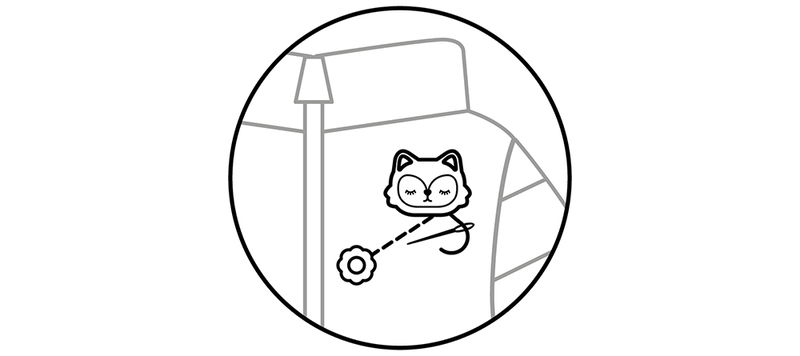
It's really important that the two pieces of thread don't touch each other; nothing bad will happen, it'll just mean that the sensor won't work as expected and your badge will be permanently triggered.
Handy hints
A little dab of clear nail varnish on the hooks can help to hold the thread nice and tight and give a solid electrical contact.
Unlike real bears, Bearables bears (and indeed foxes, flowers, and acorns) do not like water, so please don't wash them, take them out in the rain, or otherwise get them wet (or feed them after midnight).
If you're a more experienced stitcher, you could attach your badge and sensor to a small piece of fabric and attach pop fasteners to them and to your garment, allowing you to remove them before washing.
Search above to find more great tutorials and guides.